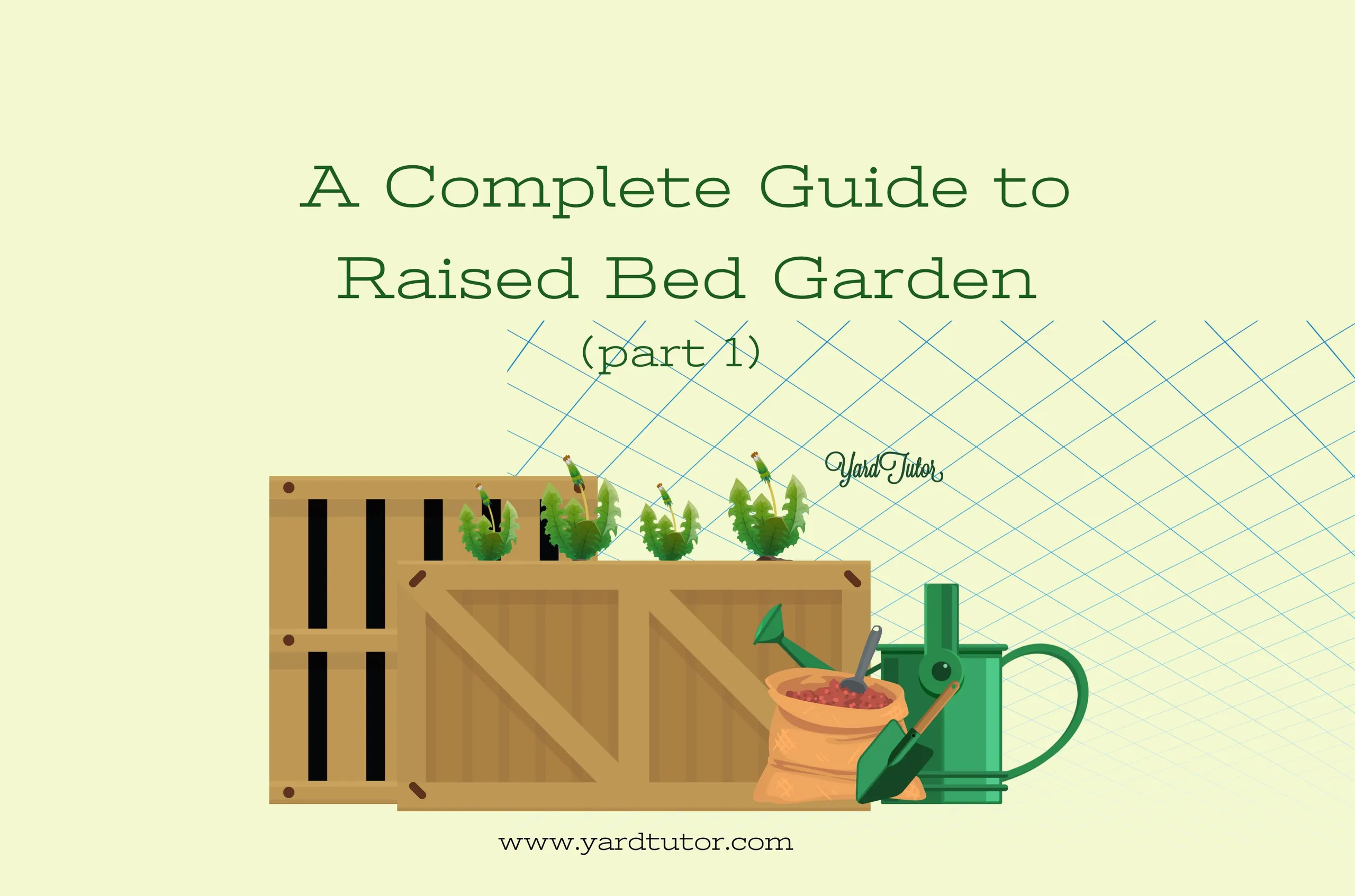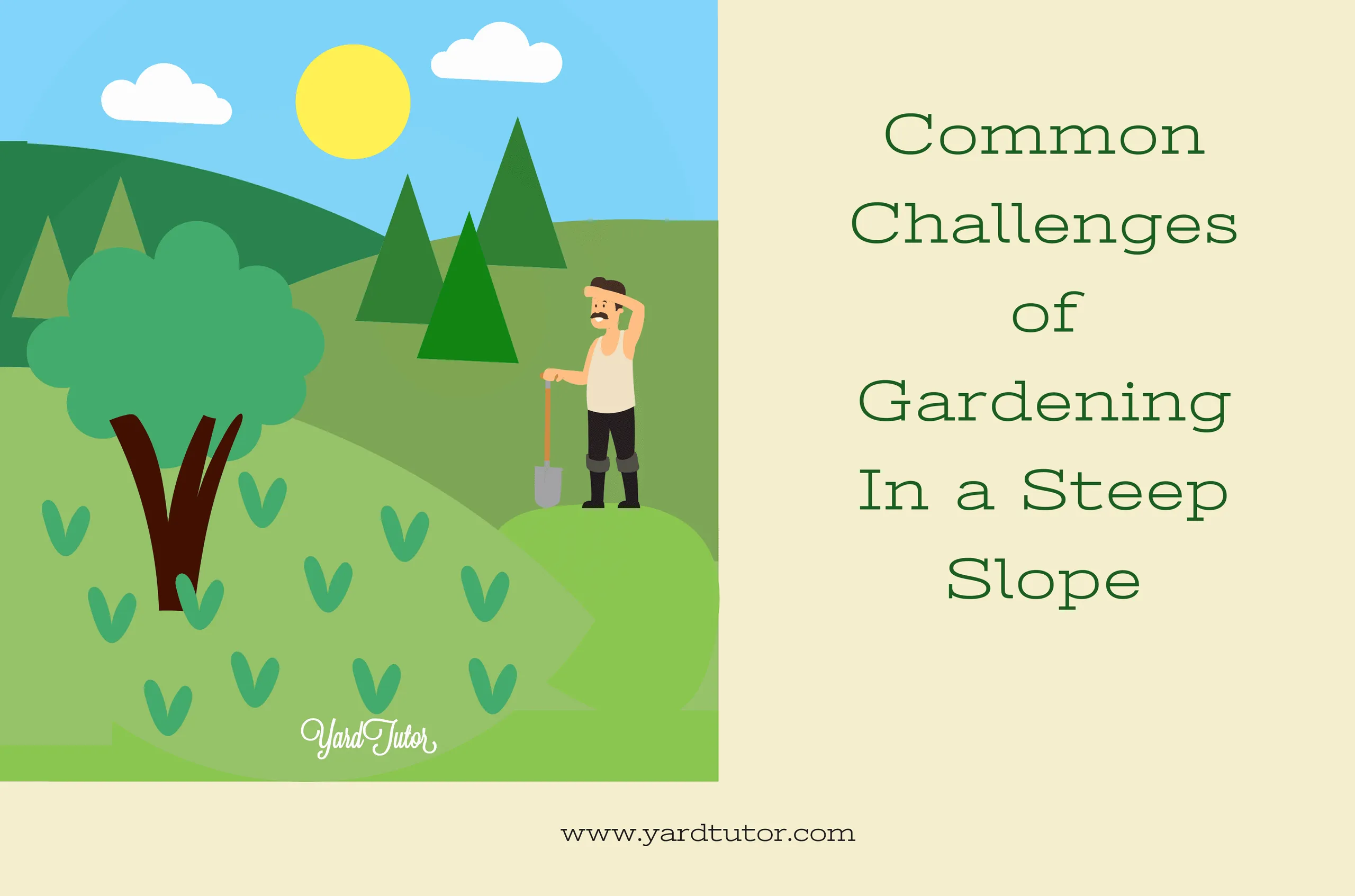7 Challenges of Raised Bed Gardening on a Steep Slope
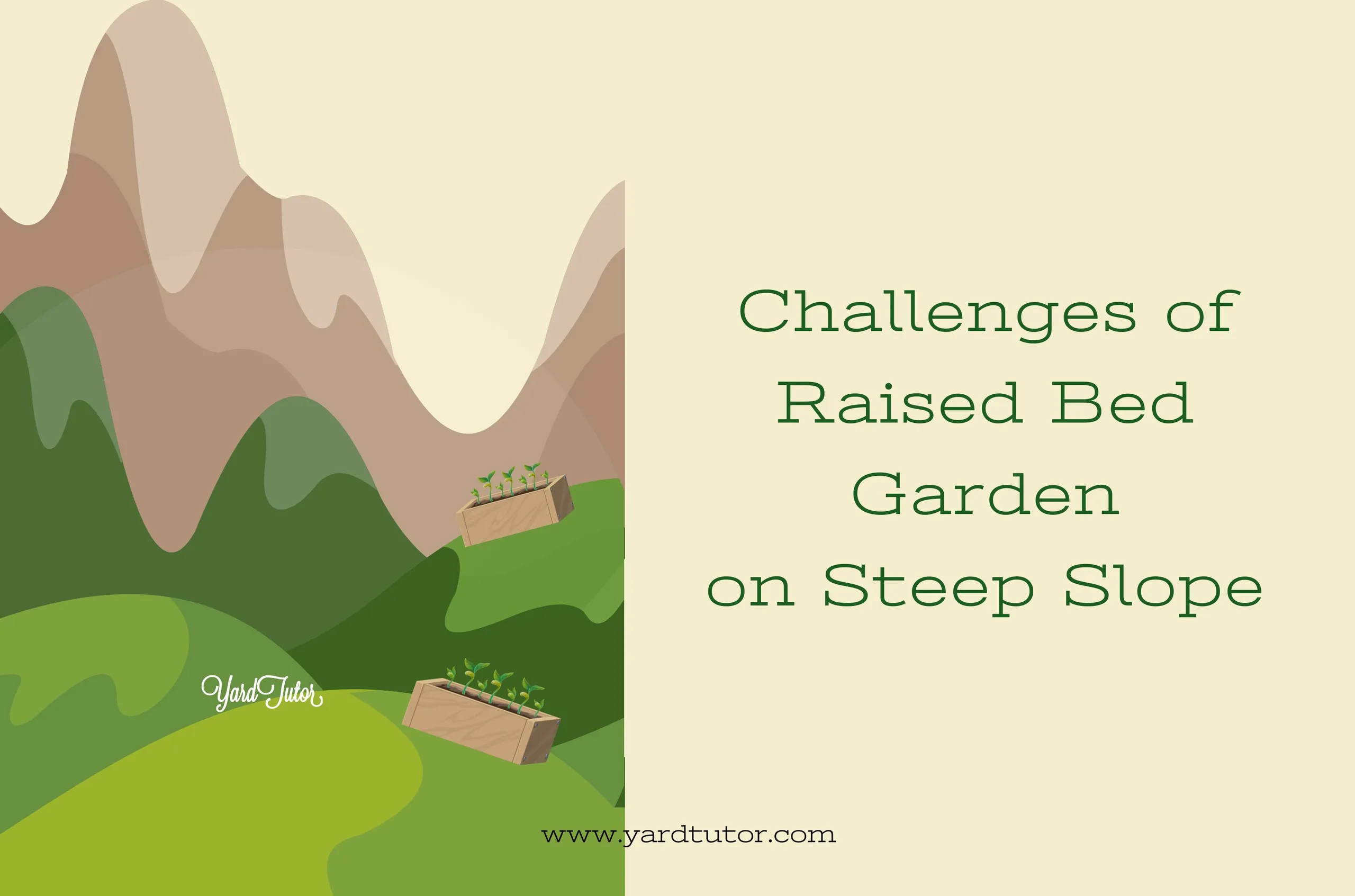
It is a common practice to lean towards raised bed gardening when you have garden in sloped terrain because of the perceived simplicity of this process.
However, it is not always an easy ride. Most people struggle with the numerous challenges the slope brings while building a raised bed garden on it. Here, we've listed 7 common challenges you may encounter while planting on raised beds on a steep slope. Let's get into it.
1. Leveling the Beds
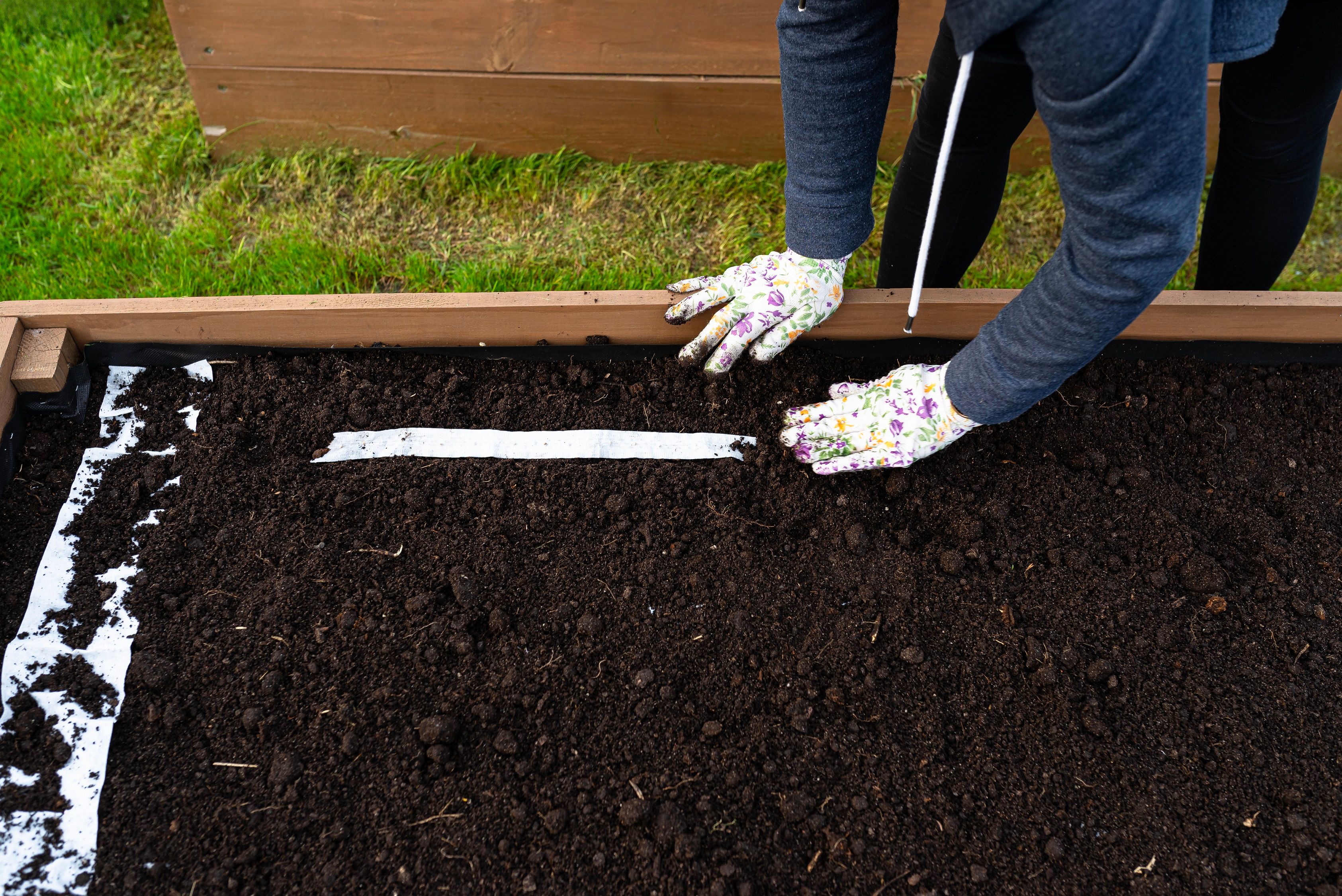
The main reason why raised bed gardening is popular on steep slopes is leveling the beds is quite easy.
But hold on, these all seem like positive traits and aren't actually hurdles, right? Yes, of course.
But leveling a raised bed ain’t that easy. You must have some woodworking experience, be adept with carpenters' tools like levels, saws, nail guns, or screws, and be willing to get your hands dirty. There are free how-to guides available that can help you out with this. However, if you don't feel comfortable doing so, you would need to hire professional help, which can be rather expensive.
You won't have to level the ground out all that much on a moderate slope, but you will still need to put in a little work and erect retaining walls for leveling. So you see that this is both the main benefit and challenge of raised bed gardening on steep slopes.
2. Numerous Steps
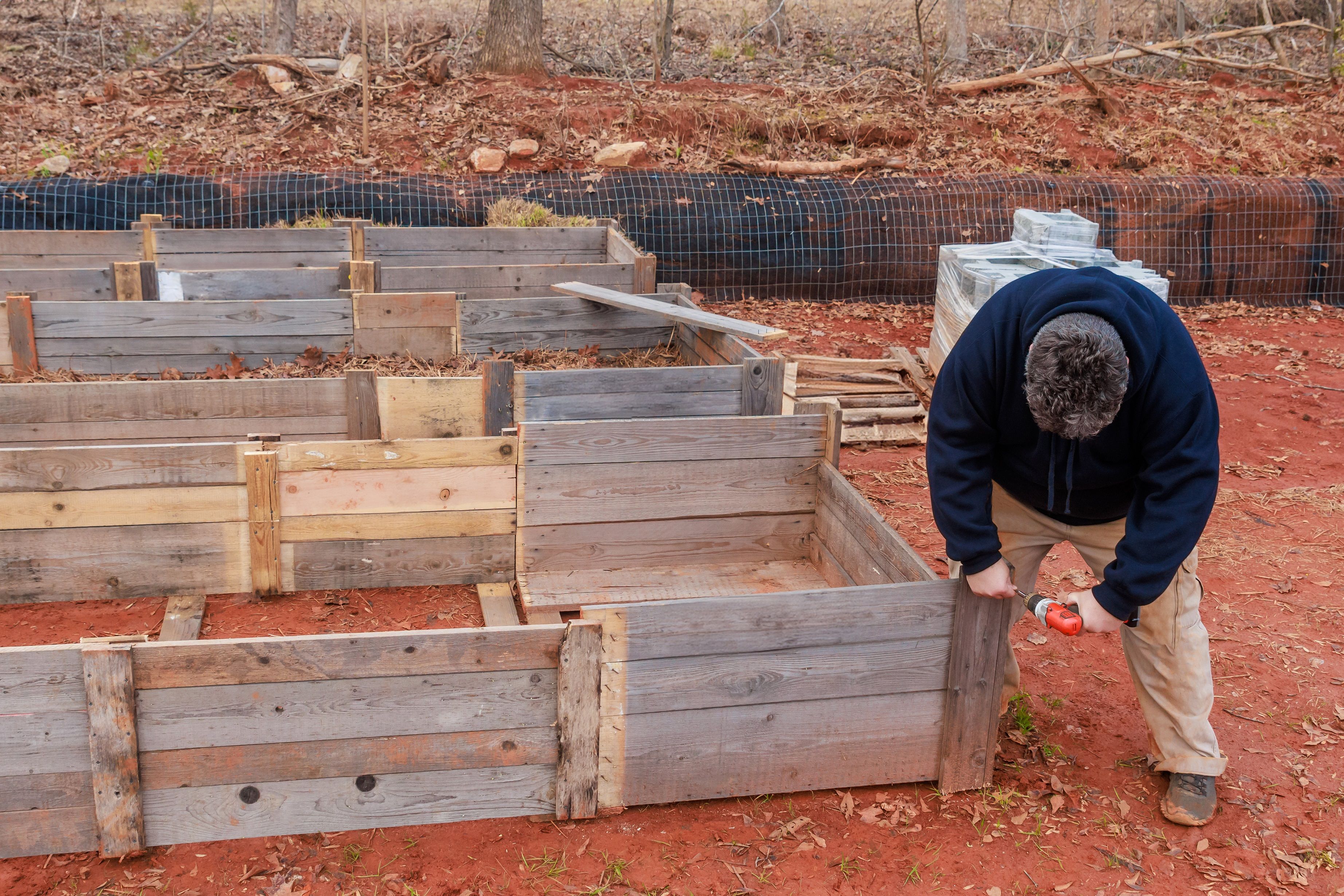
Building a raised bed garden is quite easy but there are many steps you need to follow. You have to design a layout with pathways between the beds, and you either have to build raised beds or buy prefabricated ones and assemble them on your own. A suitable irrigation system and drainage system must also be installed, and by measuring the width and depth of the beds you have built, you have to identify which plants will grow in them. But that’s not all.
Building raised bed gardens on steep slopes require more steps to follow which you do not need to do if the garden is built on flat space.
For instance, your garden area will need to be planned out a little differently, and you’ll have to spend some time leveling the beds, which requires hard work. Additionally, installing the irrigation system on slopes is quite hard too. And, all these factors can be extremely intimidating for beginners and even for experienced gardeners.
3. Ease of Accessibility

People build raised gardens for easy accessibility, but slopes negate that. In a steep slope using a wheelchair can be tricky. Taking care of plants on top of that can become challenging.
So what can be done here? Keep the ease of accessibility while planning the layout of the garden. Make sure the gap in between beds allows movement of individuals with a disability. Also, the height of the bed should be within everyone's reach.
4. Extra Maintenance
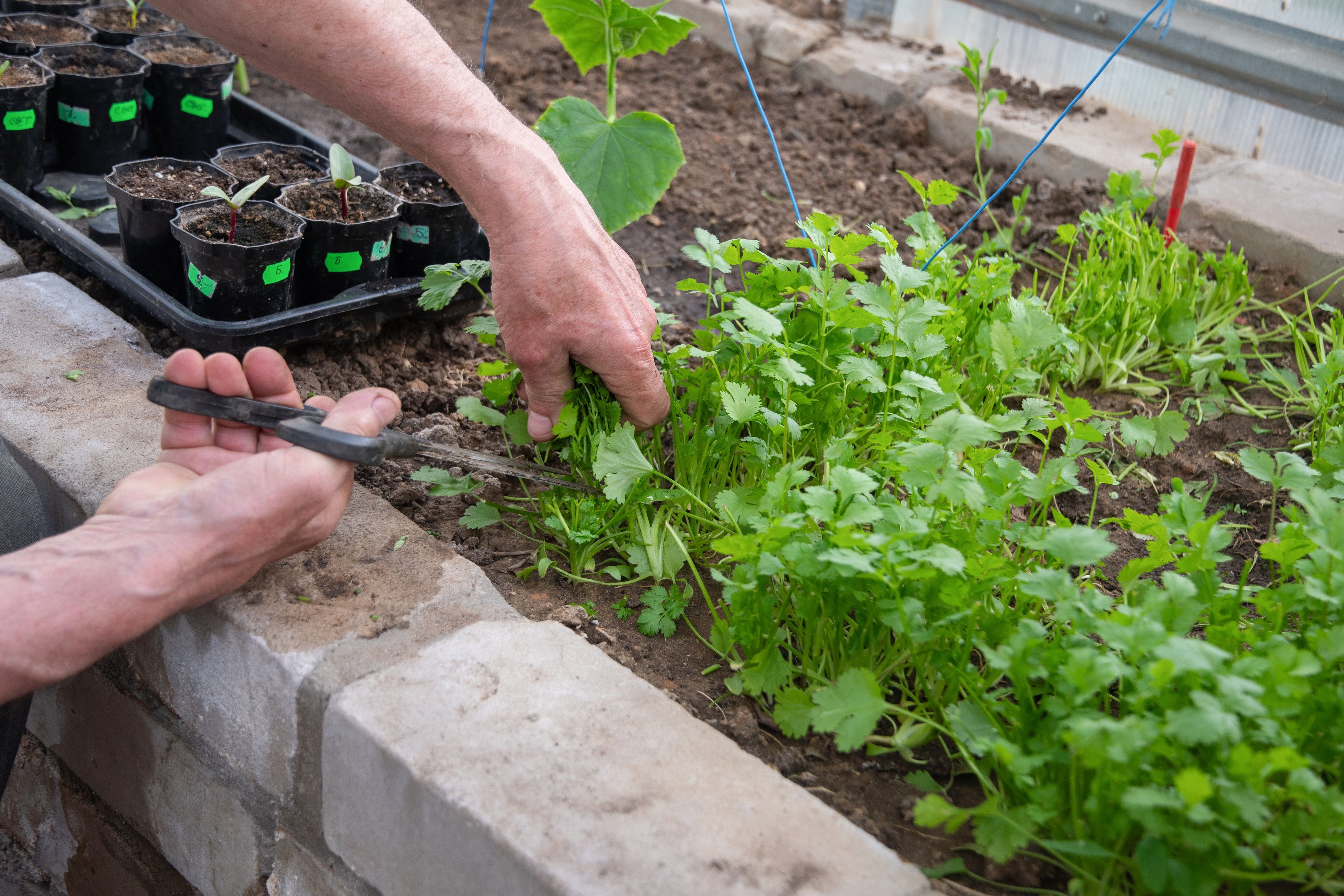
Every garden needs maintenance from time to time. It is neither a negative nor a new thing. Every garden bed has to be cleaned up of weeds and grasses, fertilized, mulched, and given other maintenance towards the end of the growing season.
You must check a few more things if your raised garden is placed on a slope. For example, you have to verify whether the retaining walls that hold soil are still level. If you've never used a level before, this could be quite difficult. If the beds are not level, you will need to level them with more stakes or by adding soil to the sloped sides. Therefore, having a raised garden on a slope would be undesirable if you don't have the time to maintain one.
5. Additional Cost

Building raised beds isn’t that costly. However, it might be difficult to create a raised garden on a slope if you are on a tight budget. Why? To build and place raised beds on a slope, you would need more materials and tools. For example, more wood would be required to build retaining walls, fill in the side gaps, and create stakes to hold up the beds. This increases the price of creating the garden.
6. Limitation of Build Materials & Sizes
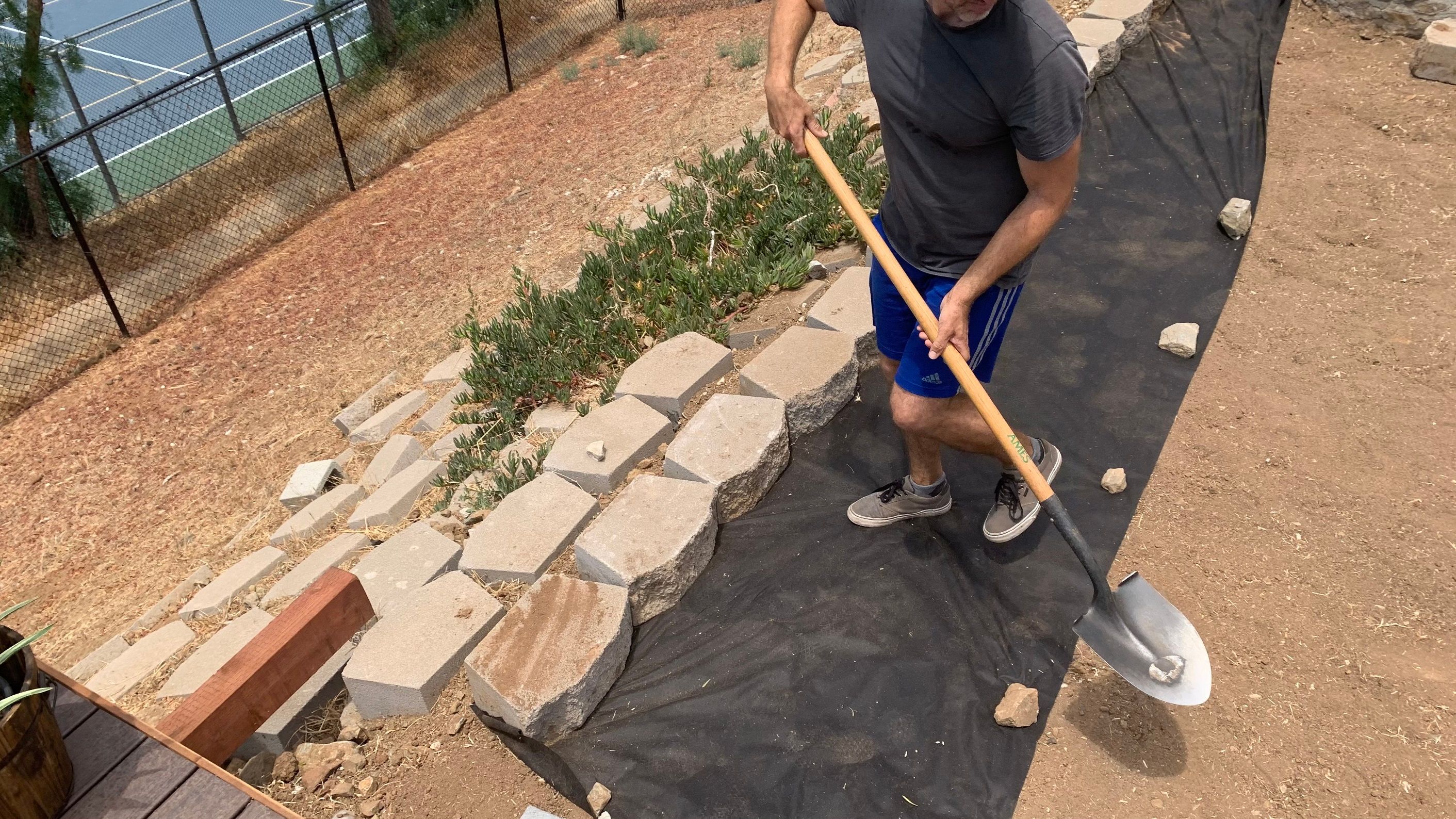
When building raised beds, you have a wide range of options for designs, materials, and shapes. To suit your needs, you can create any size of bed you want. For instance, using inexpensive lumber, you can easily build 4 x 4 raised garden beds.
However, as leveling them would be challenging while building on a slope, you can not use stones or cinder blocks to build the beds. Lugging these materials uphill might strain your back. Additionally, installing wooden or metal spanners is necessary when erecting any bed that is longer than 6 feet on a slope. This restricts the size of the beds and increases the price also.
7. Limitation of Cultivable Plants

On slopes, elevated raised beds, also known as containerized raised beds, are popular due to their simplicity in leveling. However, these beds have less depth than traditional raised beds, making them unsuitable for deep-rooted plants such as tomatoes, asparagus, rose, and many more.
Conclusion
So, that’s it. Gardening on a steep slope is challenging. Sometimes, raised beds can be a solution is such cases. You can decide for yourself if you want to engage in raised bed gardening on a slope now that you are aware of the challenges you may face. But before the final decision go over its pros and cons one more time!
